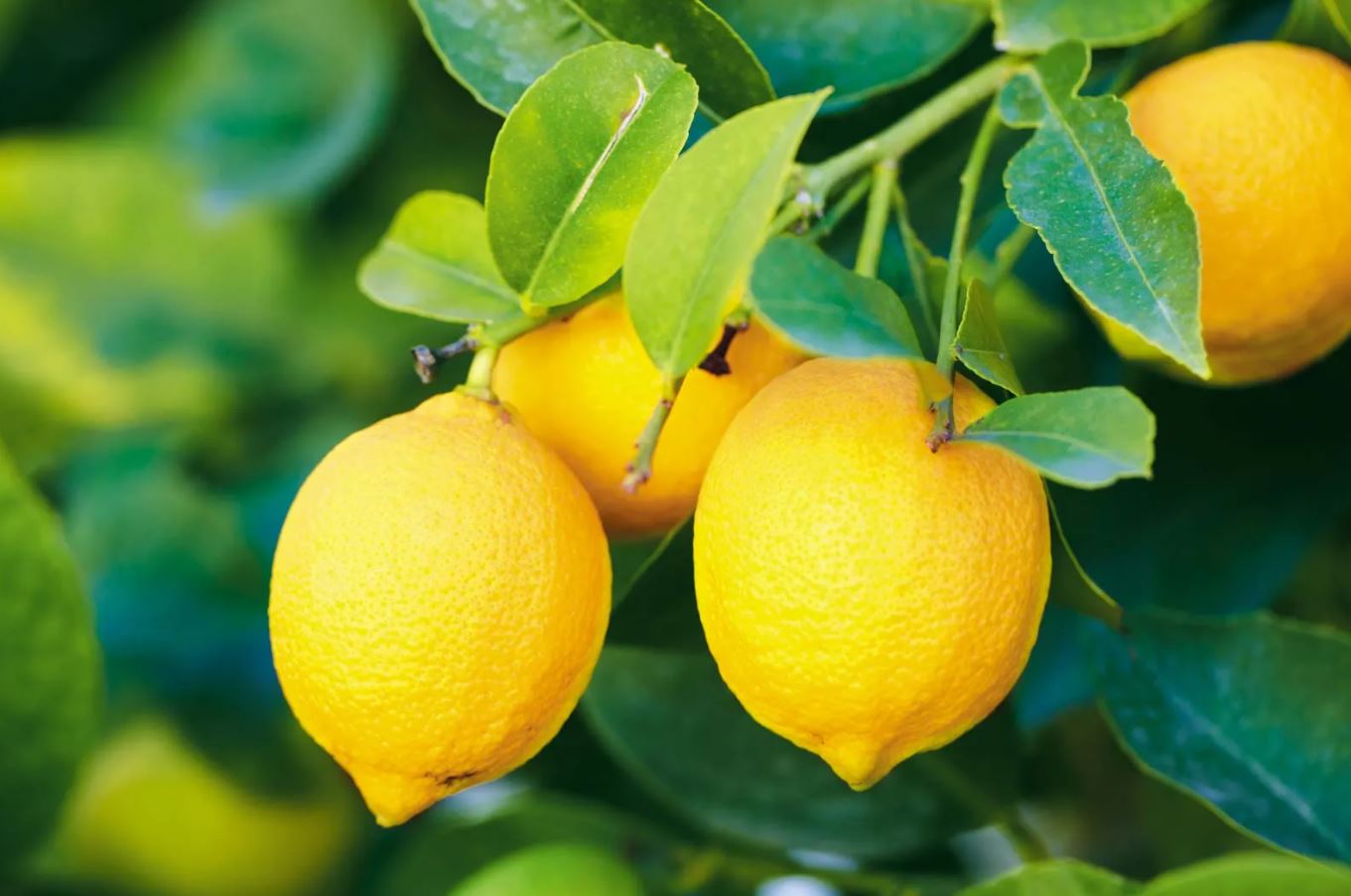In the world of culinary debates, few questions spark as much intrigue as the age-old mystery surrounding the classification of lemons. Are they fruits, with their tangy juiciness and vibrant hues, or do they align more closely with the savory realm of vegetables? Nature’s enigmatic creation, is a lemon a fruit or a vegetable, defies easy categorization, goldplush.com inviting us to delve deeper into the intricate tapestry of botanical classification.
Embark on a journey of discovery as we unravel the intricate web of botanical taxonomy surrounding the humble lemon. While some may hastily label it as a fruit due to its zesty flavor and juicy pulp, others argue that its culinary applications in savory dishes blur the lines between fruit and vegetable. Join us as we delve into the nuances of nature’s classification system and shed light on the true identity of this versatile citrus wonder.
Is a Lemon a Fruit or a Vegetable? Unveiling Nature’s Classification

Unlocking the Mystery: Lemon – Fruit or Vegetable?
In the culinary world, the debate over whether lemons belong in the fruit basket or the vegetable drawer has persisted for years. Renowned for their tangy flavor and versatile applications in cooking, lemons hold a special place in kitchens worldwide. As a former Biology teacher, I find joy in fostering curiosity and exploring the intricacies of nature’s classification systems. So, let’s embark on a journey to uncover the truth behind whether lemons are indeed fruits or vegetables.
Lemons, with their vibrant yellow hue and zesty aroma, are often mistaken for fruits due to their juicy flesh and the presence of seeds. Botanically speaking, fruits are the mature ovaries of flowering plants and typically contain seeds, making lemons fit this criterion. However, the confusion arises from lemons’ culinary usage, where they are frequently employed in savory dishes and salad dressings, blurring the lines between fruits and vegetables.
Despite their classification as fruits, lemons’ savory applications in cooking can lead some to perceive them as vegetables. From enhancing the flavor of grilled fish to adding brightness to roasted vegetables, lemons play a versatile role in savory cuisine. Additionally, their high acidity makes them effective in preserving food, further reinforcing their utility beyond traditional fruit usage.
Lemons: Fruit or Vegetable?
From a botanical perspective, lemons belong to the citrus fruit category and differ significantly from conventional vegetables such as carrots or broccoli. In scientific terms, an item qualifies as a fruit if it originates from the ovary of a flowering plant and functions as a seed-bearing structure. So, vegetables encompass all other edible parts of a plant, including the leaves, stalks, and stems. A straightforward approach to distinguishing between fruits and vegetables is to consider whether the particular food serves as the means by which the plant disperses its seeds into the environment. If so, it would be a fruit. In culinary terminology, the categorization of “fruit” becomes more ambiguous. The consensus among culinary experts seems to be that lemons can go either way, since they are used in both sweet and savory dishes. Nevertheless, there is a general consensus that lemons are predominantly utilized in sweet dishes, leading to their more frequent classification as fruits. But understanding the plant parts is what makes the difference!
Deciphering the Distinction: Fruit vs. Vegetable
In the culinary sense, we often differentiate foods based on taste. Fruits typically exhibit sweetness and vibrant colors, whereas vegetables can vary in flavor, ranging from savory to sour or even bitter tastes. But in the botanical sense, a fruit is defined as “the fleshy or dry ripened ovary of a flowering plant that contains seeds.” Vegetables are defined as the edible
Components of a plant, usually comprising stems, roots, and leaves. So if we’re asking if a carrot is a fruit or a vegetable, it would be a vegetable since it’s the root of the plant. Lemons fit the botanical definition of a fruit, not a vegetable.
Debunking the Myth: Are Lemons Truly Berries?
You may be surprised to find out that lemons are actually classified as berries! In the botanical sense, a berry has three distinct fleshy layers: the exocarp (outer skin), mesocarp (fleshy middle), and endocarp (innermost part, which holds the seeds). For a fruit to be classified as a berry, it must possess some form of protective structure. The exocarp, which is the outer layer, may manifest as a peel, skin, or fuzz. For example, in the case of a lemon, the outermost peel is identified as the exocarp, while the white rind, or pith, directly beneath the peel is termed the mesocarp, and the pulpy interior containing the seeds is termed the endocarp. Not only that, but in order to be considered a berry, the fruit should contain two or more seeds and develop from one flower that has one ovary. So yes, everyone’s favorite yellow citrus fruit is considered a berry! In my article addressing whether strawberries are vegetables or fruits, we delve into why strawberries are not classified as berries at all, whereas lemons are. So interesting, right?
Unveiling Nature’s Truth: Are Lemons Natural Fruits?
Lemons, botanically classified as Citrus limon, are, in fact, a hybrid fruit rather than a naturally occurring one. This indicates that they are the outcome of a genetic cross between two other fruits. More specifically, lemons are a hybrid of the bitter orange and citron fruits. The citron fruit naturally contains a significant amount of pith and minimal pulp. Many types of citrus fruits are hybrids involving the citron fruit. The bitter orange, on the other hand, is a cross between a mandarin orange and pomelo. Interestingly, the sweet orange is also a hybrid of these two varieties but possesses a sweet flavor rather than the more bitter taste.
Understanding the Growth Cycle of Lemon Plants
A lemon seed, containing its genetic material, sprouts roots down into the soil, then sends up a stem and two leaves. The plant continues to grow, producing more leaves and branching off further. Two to five years after planting, the plant, now considered a lemon tree, will produce wonderfully fragrant flowers, with each branch containing male and female flowers. If the flowers undergo pollination, fertilization results in the production of seed-containing lemons. Lemons begin as small and green, gradually enlarging and transitioning to yellow as they ripen. Lemon trees can even be cultivated by home gardeners, frequently in pots or other containers. They are commonly marketed as small lemon plants, which mature over time. It can be an enjoyable method to cultivate your own citrus and appreciate the fragrant, beautiful white flowers throughout the process.
Exploring the Versatile Uses of Lemons

Lemons are among the most widely used citrus fruits, known for their high citric acid content, which gives them their signature sour taste, perfect for cooking and baking. While their sourness might not be appealing on its own, when combined with other flavors, lemons can work wonders. They’re frequently incorporated into dishes to add a vibrant, tart flavor and can even stand in for vinegar or lemon juice in recipes. Lemon zest, grated from the outermost peel, is versatile and can be used in both savory and sweet dishes. The acidity of lemons makes them ideal for salad dressings, while their natural pectin content makes them great for homemade jams. Besides their culinary uses, lemons have medicinal properties. Rich in vitamin C, they have historically been used to treat scurvy, a vitamin C deficiency, and are believed to boost the immune system. Some people enjoy lemon water for its refreshing taste and potential health benefits, while others use lemons for cleaning and freshening up odors, extracting lemon oil for various purposes.
Lemons: Nature’s Fruits Unveiled
So there you have it! Now you not only know that lemons are fruits, but you also understand why. Hopefully, you’ve learned something about these plants along the way!
Closing
In the grand tapestry of nature’s classification, the identity of the lemon emerges as a fascinating enigma, challenging conventional notions of botanical categorization. Despite its tangy taste and vibrant appearance aligning with typical fruit characteristics, the lemon’s versatility blurs the boundaries between fruit and vegetable in culinary contexts. Through the lens of botany, the lemon’s genetic origins as a hybrid fruit and its intricate structure, including its layered composition akin to berries, offer a nuanced understanding of its classification. Thus, the lemon transcends simplistic labels, embodying the complexity and beauty of nature’s diversity.
Is a lemon a fruit or a vegetable, the lemon’s significance extends into culinary traditions and everyday life, where its sour zest and acidic juice enrich dishes and beverages worldwide. Whether used to elevate savory dishes or add a refreshing tang to desserts, the lemon’s culinary prowess knows no bounds. Moreover, its medicinal properties, from its rich vitamin C content to its cleansing properties, underscore its multifaceted role in human health and well-being. In unraveling the mystery of whether a lemon is a fruit or a vegetable, we uncover not only botanical truths but also the profound interconnectedness between nature, culture, and human ingenuity.





